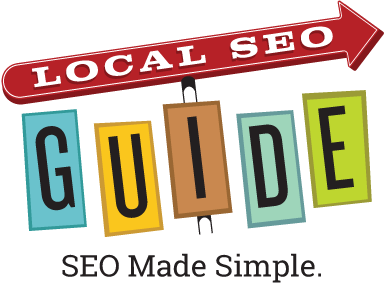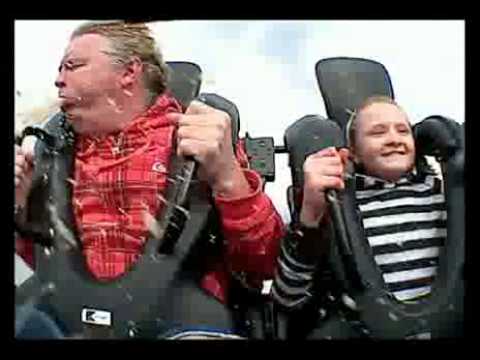Part 6 in the SEO Death Series
While we love Local SEO, a good portion of our clients are large non-local sites with a lot of technical SEO challenges. Today I’d like to talk about the dreaded Virtual Canonical Loop, an obscure technical issue that will absolutely kill your organic traffic, regardless of how big/small your site is. Here’s how it works.
You have a URL that canonicalizes to another, say https://www.site.com canonicalizes to http:www.site.com. So in the source of https://www.site.com you see:
<link rel=”canonical” href=”http://www.site.com”>
No big deal. Pretty standard.
Unfortunately, http://www.site.com 301 redirects to https://www.site.com. That in and of itself is no big deal. Canonicalizing http to https or vice-versa is a best practice to ward off duplication problems.
The problem is that when you canonicalize to a URL that 301 redirects back to the URL that is canonicalizing to it, Googlebot and Bingbot act like kid on a tilt-a-whirl after eating a giant corn dog, a slushee and some deep-fried oreos. That’s SEO blogger for “pukes all over you”. So you experience something like:
Besides getting covered with amusement park vomit, other maladies that Virtual Canonical Loops can cause include:
- deindexation
- inability to rank for brand queries
- massive reduction in organic rankings
- a royal reaming out by your boss
- loss of job
The fix is to either remove the canonical tag or turn off the redirect. I prefer removing the canonical.
If you experience a Virtual Canonical Loop for more than four hours, please consult your SEO consultant. Individual results may vary. Void where prohibited.
More SEO Death Favorites:
Dev Server Indexed = SEO Death
Faceted Search = SEO Death
GeoTargeting By Location = SEO Death
Robots.txt File Disallowing Entire Site = SEO Death
Too Many URLs = SEO Death



4 Response Comments
Interseting you wrote on this. I JUST ran into this with a client. But interestingly it wasn’t causing any issues for us. The site 301s from http to https, but the canonical was set to the http because it was never changed. We’re in the process of updating the site, so I’m curious what the fix will do since traffic and rankings have been REALLY good despite the issue being in place for almost a year.
We are seeing it today on a fairly big site that is having serious indexation problems
I see this all the time with big companies that have tons of locations. I find Google often ignores the canonical tags too if all the links are pointing to the non-canonical version.
Hey Andrew.
We audit tons of sites and whilst I have never seen this exact case we see so many cases of badly implemented canonical URLs.
The one that we tend to see crop up is where the developer just grabs the URL and drops that in the canonical tag. So, where we have a bunch of URL based duplicate URLs instead of tightening this up with the canonical they actually compound the problem.
Site we looked at this week had around eight variations each page could be found on and eight matching canonical variations. Needless to say they were having major issues with indexation of key product pages and just general woes. Google was actually doing a reasonable job of sorting it out at the root and category level but beyond that they had given up.
The main problem we see is that the canonical exists for a given reason but it is often implemented badly by developers who view it as something else on the SEO checklist and end up making matters worse.
All good fun.
Cheers
Marcus